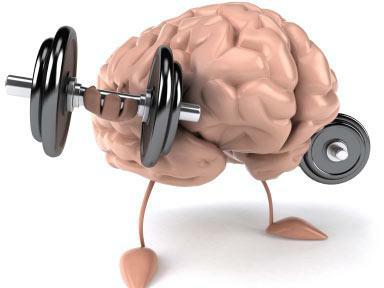There are so many benefits to exercising, and scientific research continues to reaffirm how important it is for our physical and mental health. Some of the latest research goes against what we have been lead to believe over the years, such as the notion that exercise you can be too old to start exercising, and more exercise is necessarily better. Both of these premises have been proven wrong. Although it is best to exercise consistently throughout your life, it's never too late to start, and more intensive exercise over a shorter period of time is better than longer exercise periods.
Exercise becomes more important as we advance in age. We now know that at whatever age you begin to exercise, you can actually improve your balance, flexibility, strength, bone density and mental dexterity. The biggest issue to getting started is energy level. Unfortunately, the older we get, the harder it is to summon the energy to exercise, and it becomes a "catch-22". By not exercising, we are unable to summon the energy to start exercising.
The other fallacy for exercise, that more is better, just doesn't carry weight. It may seem counter-intuitive, but tests have shown that people who exercise on a moderate level get better results than those that spend a full hour or more every day. Intensity of the exercise routines does make a difference, however.
But here we would like to get into how exercise benefits our mental health. Some of the ways this will happen is by increasing blood flow to the brain, reducing stress and improving hormonal levels. What is even better news is we can experience these benefits almost immediately. The latest neuroscience suggests that physical exercise might be better than mental exercise, which is quite a revelation from what traditionally has been thought.
Until recently it was believed that we became smarter throughout human history because we were required to think more. Those individuals who were smarter became more successful on an evolutionary basis, allowing them to pass on their intelligence. Over the last ten years or so there has been a greater emphasis on physical activity as the prime driver of greater intelligence. We can apply these concepts to our lives today taking the notion that if physical activity has helped on an evolutionary basis to structure our brains, it most likely remains essential to brain health today. There is a vast amount of scientific support of this idea.
Much of this testing has been done on laboratory rats. Some of the things that have come out of these tests:
1. The tortoise approach is better than the approach of the hare. The body and the mind function more effectively if you do regular exercise over an extended period of time, rather than sporadic bursts followed by periods of inactivity.
2. The brain activity slows quite rapidly when physical activity ceases. In the tests on lab rats, it took about three weeks of inactivity before brain activity started to decrease, and it went steadily downhill after that.
When we exercise and get past that initial fatigue, it can be invigorating for both the body and the mind. Intense exercise in short duration is now considered the best way to exercise, as it gives a real aerobic workout. Rich Carroll is a writer and health enthusiast living in Chicago.
Article Source: http://EzineArticles.com/7653718




